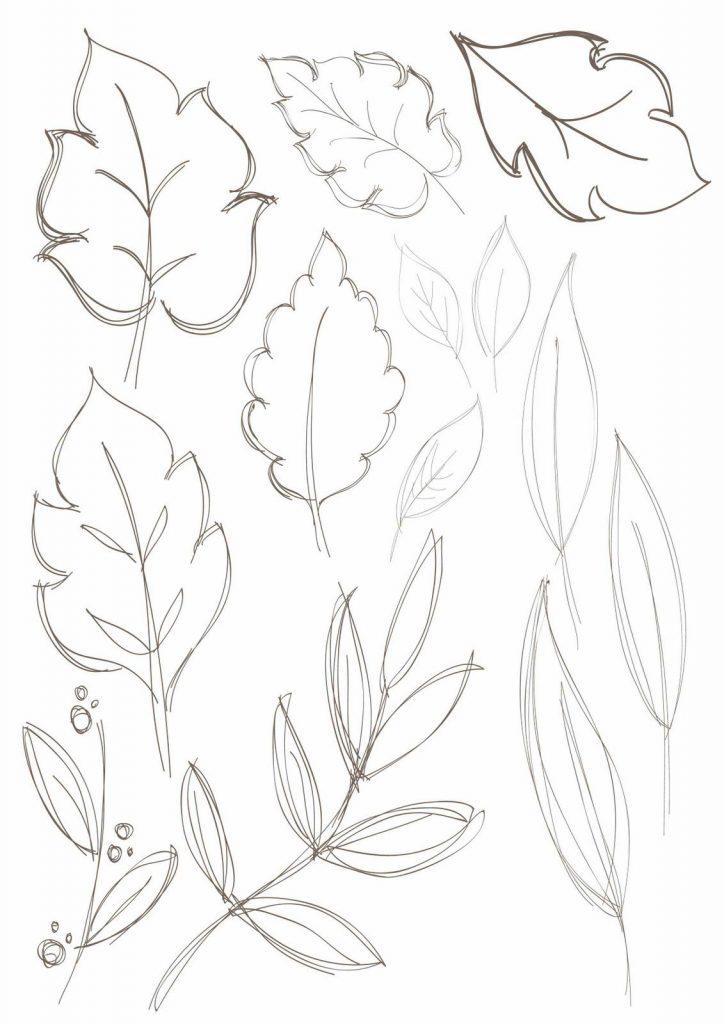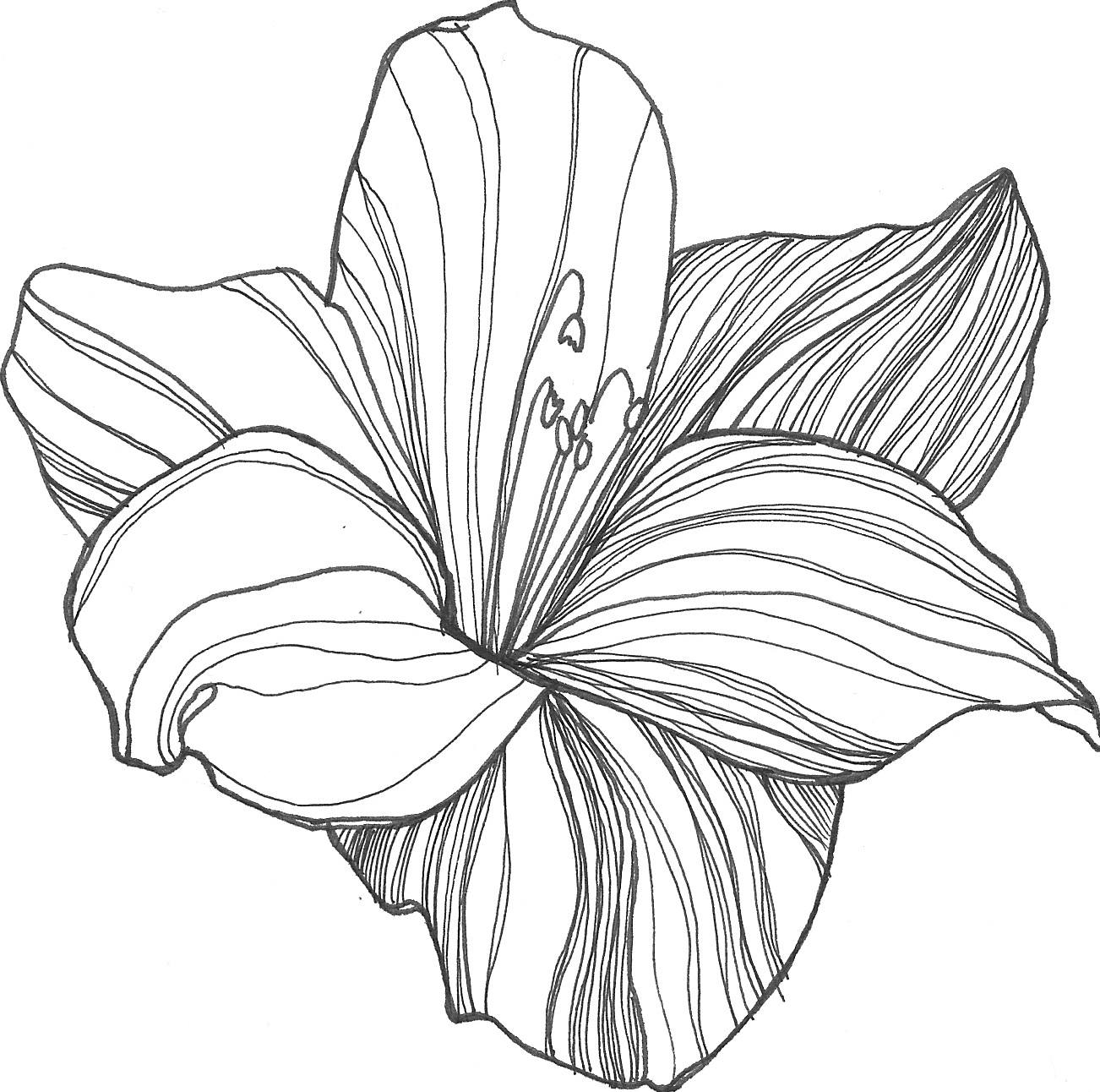
Introduction
Learning to draw simple leaves and flowers can be a delightful and rewarding experience for both beginners and experienced artists. Whether you're looking to enhance your artistic skills or simply want a relaxing hobby, this article will guide you through the process of creating beautiful and realistic botanical illustrations. With a few basic techniques and some practice, you'll be able to create stunning drawings that capture the essence of nature.
Materials Needed
Before you embark on your drawing journey, gather the necessary materials. Here's a list of items you'll need:
- Pencil
- Eraser
- Sketchbook or drawing paper
- Reference images of leaves and flowers

Observation and Sketching
Observation is key when it comes to drawing leaves and flowers realistically. Take a moment to study the details of the plants you wish to draw. Notice the shapes, sizes, and patterns of the leaves and petals. Once you have a clear image in your mind, start sketching the basic outline of the plant on your drawing paper. Don't worry about perfection at this stage; focus on capturing the overall form and structure.

Adding Details
Now that you have the basic outline, it's time to add details. Start by carefully observing the veins on the leaves and the intricate patterns on the petals. Use light, gentle strokes with your pencil to recreate these details on your drawing. Pay attention to the direction of the veins and the subtle variations in color and texture. This step requires patience and precision, so take your time to ensure accuracy.

Shading and Texture
Shading is essential to give your drawing depth and dimension. Observe how light falls on the leaves and flowers in your reference image. Identify the areas of light and shadow, and use different shades of pencil to create a three-dimensional effect. Experiment with cross-hatching, stippling, or blending techniques to mimic the textures of the plants. Remember to blend the shades smoothly for a more realistic appearance.

Coloring (optional)
If you wish to add color to your drawings, you can use colored pencils, watercolors, or any other preferred medium. Start by lightly layering the colors, gradually building up the intensity. Refer to your reference images to match the hues and tones accurately. Use a light touch and blend the colors smoothly to achieve a natural and vibrant look. Remember to let the colors dry completely before adding any additional details.

Practice and Patience
Like any skill, drawing leaves and flowers requires practice and patience. Don't be discouraged if your first attempts don't meet your expectations. Keep practicing and experimenting with different techniques. Each drawing will bring you closer to mastering the art of botanical illustration. Embrace the process and enjoy the meditative nature of drawing nature's wonders.

Conclusion
Creating simple drawings of leaves and flowers is a delightful way to enhance your artistic skills and connect with nature. By observing and sketching the intricate details, adding shading and texture, and optionally adding color, you can create stunning botanical illustrations. Remember to practice regularly and be patient with yourself. The more you draw, the more your art will blossom!